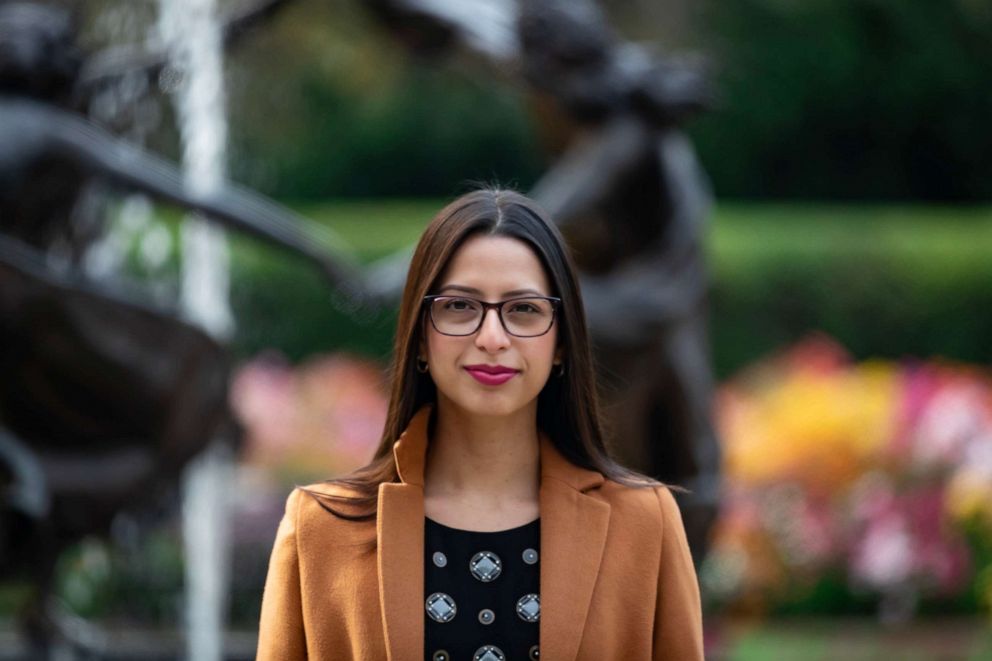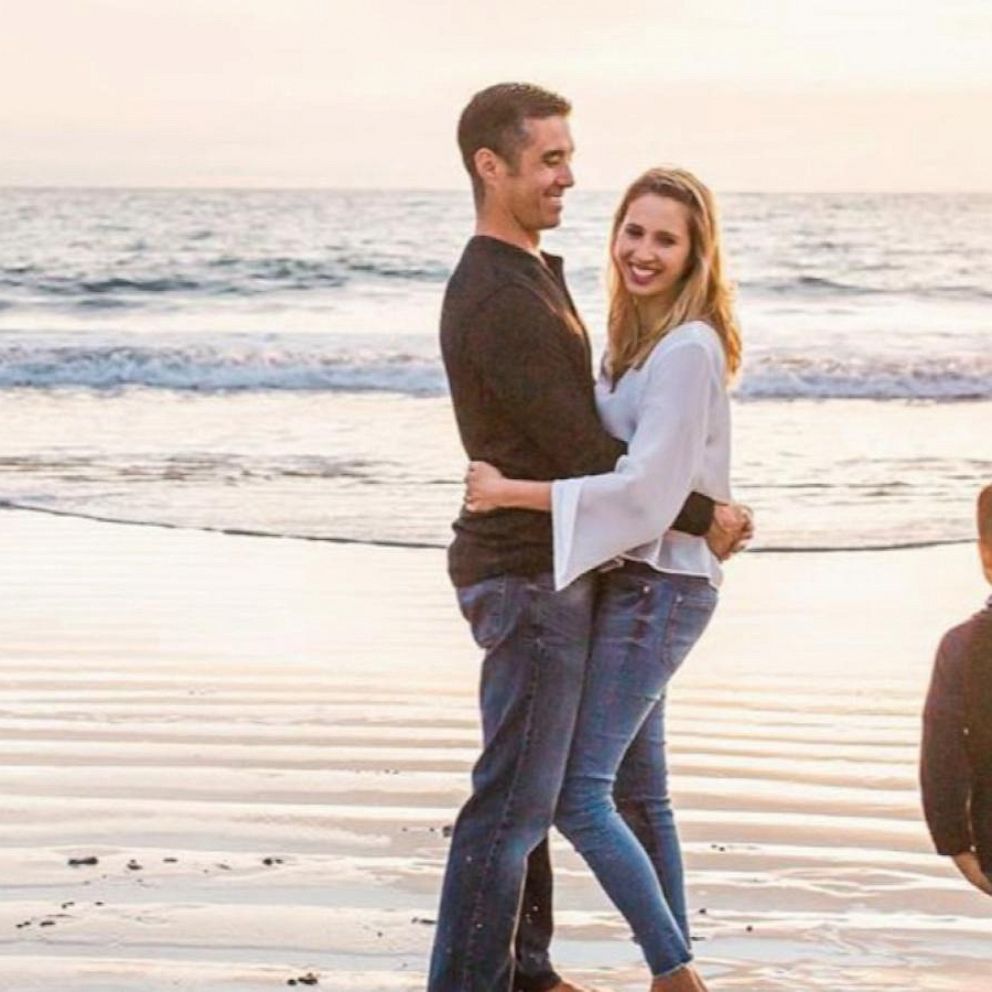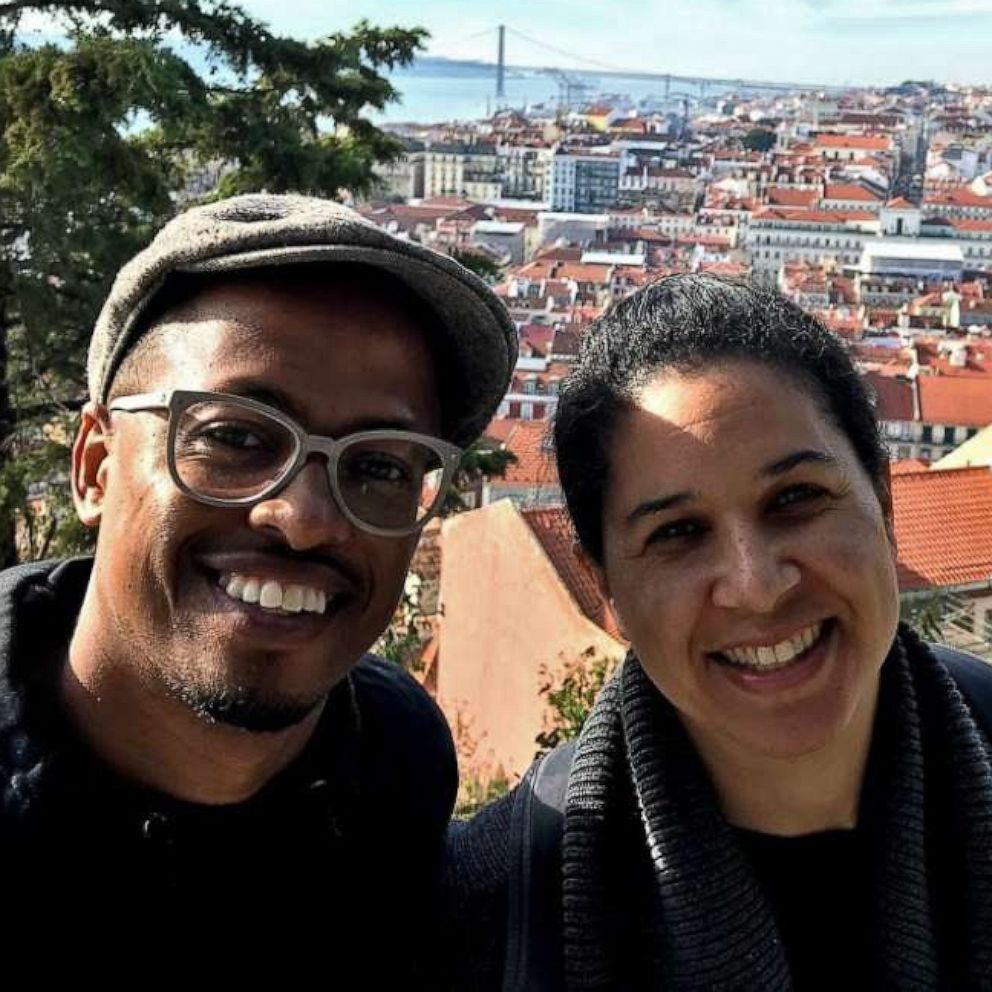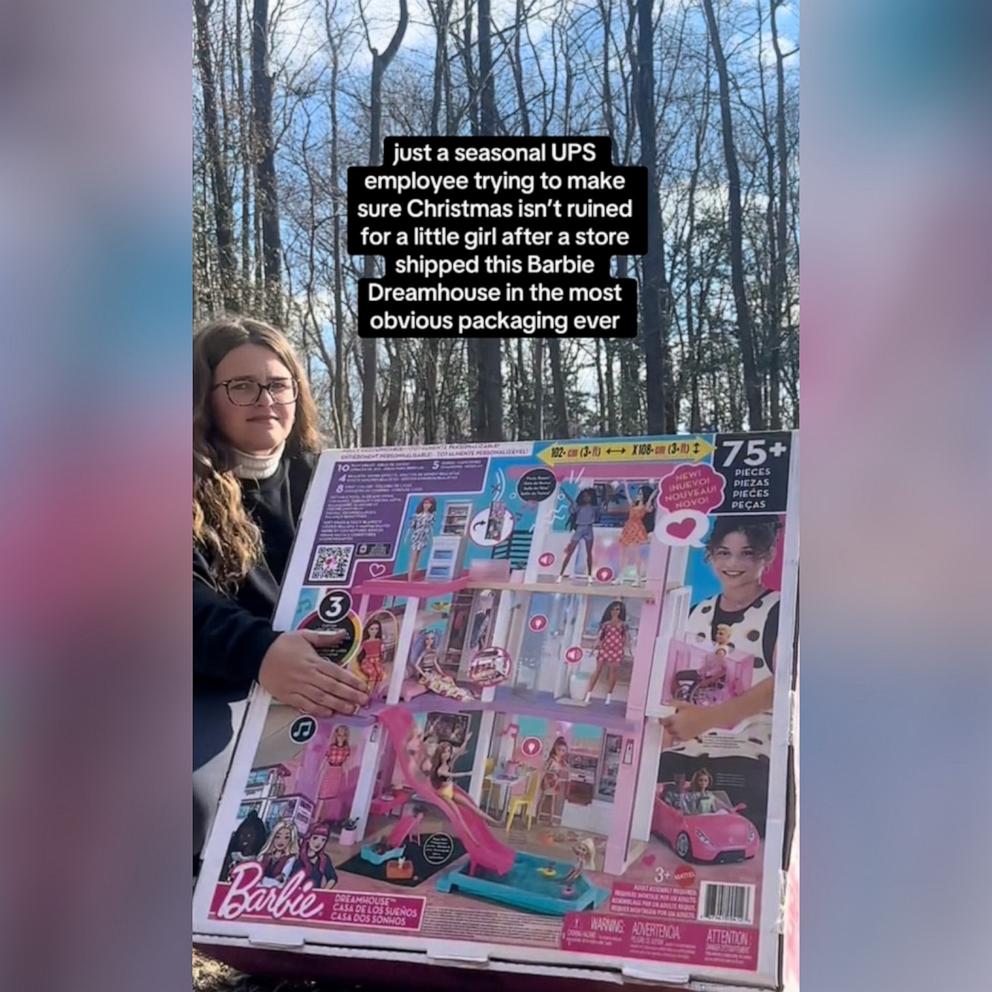A zero based budget helped this woman pay off $215k worth of student loan debt in 4 years
When Cindy Zuniga graduated from law school in 2015, she accomplished a major milestone, but it also came with a hefty $215,000 mountain of debt.
“Ninety percent was law school, five percent was from my undergrad and five percent was credit card debt,” she explained to “GMA.”
Like many graduates, she decided to defer her loans for one year after getting her degree, but when that period was over, she started chipping away and began making normal, monthly payments like she was taught to do.

It seemed like a simple and straightforward strategy, but what she didn’t know was that her monthly payments didn’t get very far.
“That first year that I was paying off my debt, I paid $24,000 to my loans. However, I realized that only about $4,000 went to the principal and $20,000 went to the interest,” she said.
Zuniga was devastated, but she said it was a wake up call to start educating herself about how money and finances work.
So, she did what any millennial would do and turned to social media for advice.
“I really needed to hear relatable stories,” she said. “And that’s what I found with these social media platforms, is that they were just telling the stories of ordinary Americans doing extraordinary things. And I wanted to be one of those ordinary people accomplishing extraordinary things.”
Zuniga was inspired.
She started following fellow social media finance influencers like Bola Sokunbi of Clever Girl Finance, who empowers other women to achieve financial success, Dave Ramsey and Jamila Souffrant, experts who give helpful financial advice on their podcasts, The Dave Ramsey Show and Journey to Launch, respectively, and even Yanely Espinal, a financial educator and host of Miss Be Helpful on YouTube.
From these financial content creators on social media, Zuniga learned about budgeting, tracking expenses and automating savings and went to work.
First, Zuniga refinanced her student loan by taking out a new loan with a private lender who paid off all of her school loans. This allowed her to consolidate her loans into a single student loan with a lower interest rate.
The next thing she did was be extremely intentional with her finances by getting on a very specific budget and knowing exactly where her money was going.
“Refinancing was one of the most important things that I did to pay off my debt,” she said. “Eventually, I started making you know, additional payments to get rid of my debt even faster.”
She also adopted the zero based budget, a method of budgeting where any income amount earned is given a “job.” Zuniga said that a portion of what you earn could go to rent, savings or groceries and the point is that when you subtract the money that’s going out from your income, you would get a balance of zero.
“That type of budgeting method really allowed me to see exactly how much I was bringing in and exactly what I was doing with everything that went out,” she said.
Although she was on the path to financial freedom, it came with a lot of highs and lows too.
“It was extremely difficult, especially being a lawyer in New York City. You’re expected to have a certain kind of lifestyle,” she explained. “I just became very intentional with my finances and that wasn’t really easy to do. Especially as a mid to late 20-something-year-old in this city -- it’s just very tempting to spend here. I was sacrificing a lot because I knew that I had an immediate goal, which was to eliminate all of my debt.”
As a Latina and a daughter of immigrants, Zuniga grew up in a low-income community in the Bronx and said she was raised to understand how destructive debt can be. As a kid, she said her parents’ main focus was putting food on the table and providing a good education for their kids and that there wasn’t much room for any extra things.
Ultimately Zuniga said that in times when her financial journey became difficult, her parents ended up being her motivation to stick to her goal and keep going.
“I really kept my ‘why’ in my mind. My ‘why’ is really my family,” she said. “I had my parents and my family in the back of my mind at all times knowing that if I made these sacrifices now, I could really help them financially because I could be in the position to do that. Anytime I would be tempted by certain things, I realized that financial security was the goal. And it wasn’t just about me, it was also about my family.”
After 48 months of sticking to a plan and being disciplined with what she spent her money on, Zuniga finally reached her goal.
“I feel so much lighter,” she said. “I feel like the weight of the world has been lifted off my shoulders. I can’t really put into words how I feel because I genuinely feel the most confident that I ever have with my finances.”
Now, the 30-year-old is following in the footsteps of some of her favorite social media finance influencers and helping others take control of their finances and helping them pay off their debts with her program, “Zero Based Budget.”
There, she offers sessions where she coaches others through their finances, creates customized budget plans and provides non judgmental advice for any questions that anyone may have.
“I realized there’s a need for people to just sit with someone that, you know, like a girlfriend that they’re meeting for a cup of coffee to discuss finances, how to get your money right,” said Zuniga. “I wanted to open the door for people to ask those embarrassing questions, write those questions that you might think are embarassing and help people just better manage their money.”
On her Instagram under the same name, Zuniga offers money saving tips and advice to nearly 28,000 followers and her growing Zero Based Budget community.
“As a young Latina daughter of immigrants, it means a lot because it’s an example that I hope to set to other women, but particularly women of color of just how much you can accomplish with your finances when you become intentional and what you decide to really take control of,” she said.
Below are more of Zuniga’s Zero Based Budget Tips.
Before beginning Zuniga’s method, she recommends understanding these top three things first:
1. Understand how much debt you have
Zuniga says most people don’t know how much debt they have. She says in order to pay debt off, it’s important to sit down and write what kind of debt you have such as student loans or credit card debt and calculate the total balance. Once you figure out the total balance, determine what the interest rate is.
2. Select a payoff method
Zuniga says there are two popular payoff methods: Debt-snowball and Debt-avalanche.
Under the debt-snowball method, smaller debts will be paid off first, while still making minimum payments on larger debts.
Unlike the snowball method, the debt-avalanche method calls for paying off the debt with the highest interest rate first to the lowest interest rate.
3. Create a budget
“When you create a budget, you’re really going to become mindful of the different types of expenses that you have,” said Zuniga. “It’s also going to make you see what’s necessary in your life like rent and your lights and groceries … Once your budget tell you how much you can throw at your debt, you basically make a plan to put that model to that specific debt that you’re targeting and you go from there.”
Once debts are determined, a payoff method is selected and a budget is implemented, Zuniga says that three main spending areas to be mindful of are food, housing costs and transportation.
When Zuniga was on the road to paying off her mountain of debt, she said she rarely ate out and meal prepped. “You can save thousands of dollars a year by just bringing lunch from home,” she said. Zuniga became more intentional about the types of groceries that she bought, which helped her eliminate food waste.
The second area that she says to be mindful of is housing. “If you’re paying $2,500 a month in a place like New York City and you can take on a roommate and potentially pay $1,800 instead, you can save $700 a month. “
The final area that Zuniga mentioned was transportation. She said that if there isn’t a need to buy a car, then don’t get one and eliminate that cost. Instead, take public transportation.






